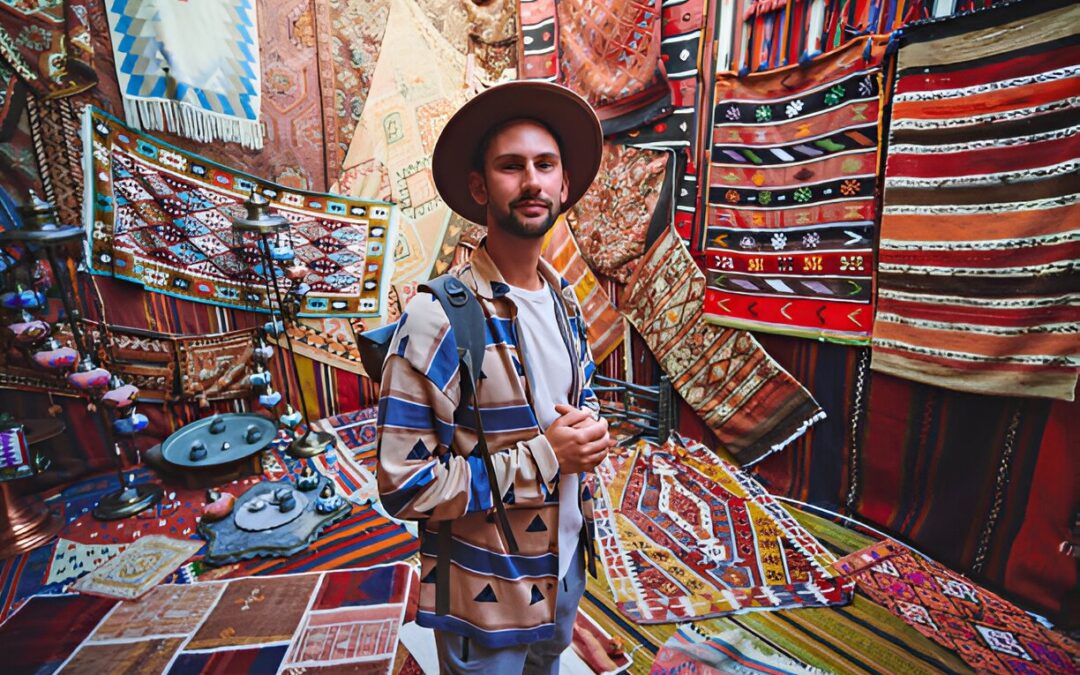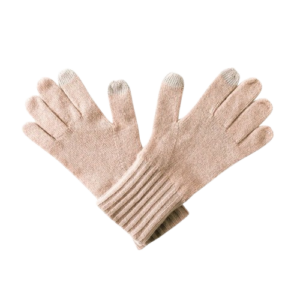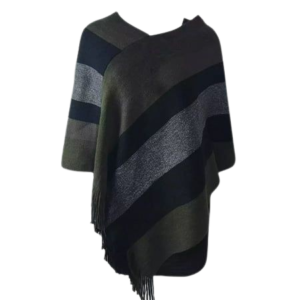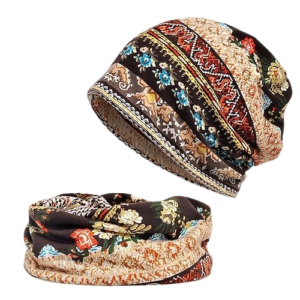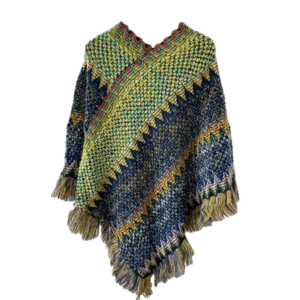Pashmina weaving is an age-old craft that has been passed down through generations in the Himalayan region, particularly in Kashmir. This intricate process, steeped in tradition, transforms the fine wool of the Changthangi goat into the luxurious shawls that are cherished worldwide. The art of pashmina weaving is not just about creating beautiful textiles; it’s about preserving a cultural heritage that is as delicate and valuable as the fabric itself. In this blog, we’ll explore the traditional techniques of pashmina weaving and how artisans are keeping this art form alive in a modern world.
The Origins Of Pashmina Weaving
The roots of pashmina weaving can be traced back over 600 years to the Himalayan region, where the craft first began. The name “pashmina” comes from the Persian word “pashm,” meaning “soft gold” or “wool.” The artisans of Kashmir became renowned for their ability to spin and weave the fine fibers of the Changthangi goat into shawls that were both incredibly soft and exquisitely designed.
Over time, the craft evolved, and the shawls became highly sought after by royalty and the elite across the world. The Mughal emperors were known to be patrons of pashmina, commissioning elaborate shawls that were often gifted as symbols of honor and prestige.
The Spinning Process: Creating The Yarn
The journey of pashmina begins with the delicate wool of the Changthangi goat, which is hand-collected during the molting season. Once the raw wool is gathered, it is cleaned and combed to remove impurities. The next step is spinning, a meticulous process that is traditionally done by hand using a wooden spinning wheel called a “charkha.”
Spinning pashmina yarn requires immense skill and patience. The fibers are extremely fine, often measuring less than 15 microns in diameter, which makes them challenging to work with. Artisans carefully spin the wool into a fine yarn, ensuring that it is strong enough to be woven yet retains the softness and warmth that pashmina is known for.
The Weaving Process: Crafting The Fabric
Once the yarn is spun, it is ready to be woven into fabric. Pashmina weaving is done on a traditional handloom, a process that has remained largely unchanged for centuries. The weavers, who are often from families with generations of experience, create the fabric by meticulously interlacing the warp and weft threads.
Warping: The first step in the weaving process is setting up the loom with the warp threads, which run lengthwise. This is a delicate and time-consuming task that requires precision, as the tension of the threads must be just right to ensure an even weave.
Weaving: Once the loom is set up, the weaver begins the process of weaving, interlacing the weft threads with the warp. This is done entirely by hand, with the weaver controlling the shuttle that carries the weft thread back and forth across the loom. The skill of the weaver is evident in the tightness of the weave and the uniformity of the fabric.
Pattern Weaving: Traditional pashmina shawls often feature intricate patterns, such as paisleys, floral motifs, and geometric designs. These patterns are created through a technique called “twill weave,” where the weaver manipulates the loom to produce the desired design. This process can take weeks or even months to complete, depending on the complexity of the pattern.
Embroidery And Finishing: Adding The Final Touches
After the fabric is woven, it may be left plain or embellished with embroidery. Kashmiri embroidery, known as “kani” or “sozni,” is done by hand and adds a layer of artistry to the shawl. The embroidery is often done with fine silk threads and can include a variety of traditional motifs, each with its own cultural significance.
Kani Embroidery: Kani embroidery involves using wooden sticks (kanis) to weave intricate patterns directly into the fabric during the weaving process. This technique is highly skilled and results in shawls that are both beautiful and unique.
Sozni Embroidery: Sozni embroidery is done after the fabric is woven, with artisans using fine needles to create detailed designs on the surface of the shawl. This technique is often used to highlight specific areas of the shawl, such as the borders or central motifs.
Once the embroidery is complete, the shawl undergoes a final quality check, where any imperfections are carefully corrected. The edges of the shawl are finished by hand, often with delicate fringes, before it is washed, pressed, and prepared for sale.

Preserving The Tradition: Challenges And Adaptations
The art of pashmina weaving is a cherished tradition, but it faces numerous challenges in the modern world. The labor-intensive nature of the craft means that authentic pashmina shawls are expensive, and the rise of machine-made imitations has made it difficult for traditional artisans to compete.
Additionally, the younger generation in Kashmir is increasingly turning away from the craft, opting for more lucrative and less laborious occupations. As a result, the number of skilled pashmina weavers is dwindling, putting the future of this ancient art form at risk.
However, efforts are being made to preserve and promote pashmina weaving. Organizations and cooperatives are working to provide fair wages to artisans, and there is a growing awareness among consumers about the importance of supporting traditional craftsmanship. By choosing authentic, handwoven pashmina shawls, buyers can help sustain this cultural heritage and ensure that the art of pashmina weaving continues to thrive.
Conclusion
The art of pashmina weaving is a testament to the skill, patience, and dedication of the artisans who have kept this tradition alive for centuries. Each pashmina shawl is not just a piece of fabric; it is a work of art that embodies the cultural heritage of the Himalayan region. By understanding and appreciating the traditional techniques used in pashmina weaving, we can help preserve this precious art form for future generations to enjoy.

